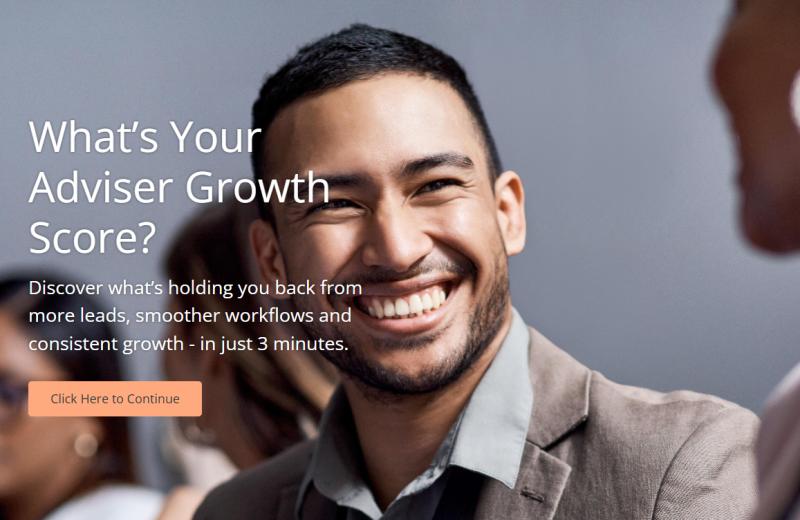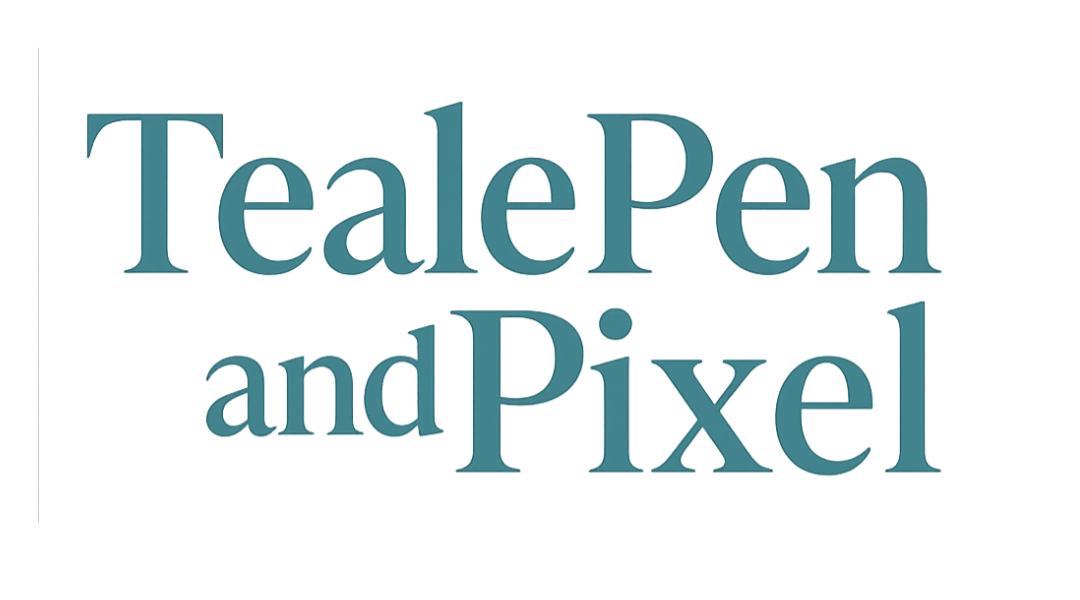Key Takeaways
A financial advisor sales funnel moves a potential client through four main stages: Unaware of your value proposition, Problem Aware, Solution Aware, and Ready to Buy.
The advisor sales funnel is quite unique. It can take months or years for someone to move through these four stages, and advisors often get lost and frustrated wondering if things are working (or, why they’re taking so long).
I’ve worked as a financial advisor marketer for 10 years, and I’m going to show you why an “ecommerce” approach to a financial advisor sales funnel does not work – and what to do instead.
Here are the key takeaways for building a sales funnel for a financial advisor:
- A financial advisor sales funnel has four stages: Unaware, Problem-Aware, Solution-Aware, and Ready to Buy.
- Unlike ecommerce funnels, the advisor journey can take months or even years due to the higher stakes involved for the target client.
- Three unique factors shape the advisor funnel: Time (longer decision cycles), Treasure (life savings can be at stake), and Trust (a much higher bar to win over).
- Treating the advisor funnel like an ecommerce funnel (e.g. “see ad → click → buy”) usually fails and is likely to waste your marketing budget.
- Success comes from matching your marketing to each stage: educating at the top, building credibility in the middle and reducing friction at the bottom.
- A niche-focused funnel can accelerate trust, improve lead quality and boost conversion rates.
- The first step to building your funnel is to define your ideal client persona and map how Time, Treasure, and Trust apply to their journey.
For deeper examples and actionable templates, explore the full article and start transforming your sales funnel into a powerful magnet for your ideal clients.
Understanding the Financial Advisor Sales Funnel
Time, Treasure & Trust
At least three features distinguish the sales funnel for financial advisors:
- Time: How long it takes to move from Unaware to Ready to Buy)
- Treasure: The financial stakes involved for the potential client)
- Trust: The amount required to move through each stage of the financial advisor sales funnel).
A comparison can help here. Consider, for a moment, what the sales process is like for someone buying a children’s book on Amazon.
- Time: You need a storybook for your 4-year-old’s birthday, which is imminent.
- Treasure: The book will likely cost under $15 in total – no big financial loss if the purchase goes wrong.
- Trust: You know the Amazon brand and website, have faith in the firm’s infrastructure and can rely on its review system.
The Financial Advisor Sales Funnel
Now, compare that to the sales funnel for a financial advisor, which involves a very different purchase for the potential client:
- Time: The individual may have months or years until they retire. Pension planning feels non-urgent (even though you know the power of early planning!).
- Treasure: This person’s life savings is potentially at stake. Decisions cannot be taken lightly (a wrong choie could be devastating).
- Trust: Your financial advisor brand is likely unfamiliar, and even the most well-known brands have little equity compared to the likes of Amazon.
The Financial Advisor Sales Funnel vs. The Ecommerce Funnel
An Inappropriate Fit
Here’s the main reason advisors get stuck with marketing and lead generation:
They build campaigns that assumes their audience follows an “ecommerce” (or Amazon) sales funnel. The realities of Time, Treasure and Trust for the financial advisor sales funnel are not recognised or accounted for.
The result? Your target client bounces away early in their customer journey. Perhaps the advisor comes in too early with the sales pitch, before sufficient trust is built.
Or, they offer a solution to a problem the person did not fully appreciate yet.
An Example: Google Ads
Here’s an example of how this can all go wrong: Google Ads.
Suppose an advisor wants to get more leads. So, they set up a Google Ads account, create some campaigns, set a $1,000 budget and turn on the ads. Their thinking goes like this:
- When my ideal client sees my Google ad, they’ll click and see my landing page.
- From there, they’ll fill out my form to book a meeting.
- I’ll bring them aboard as a paying client.
- Repeat
Here’s the truth: In my 10 years as a marketer for financial advisors, I hardly ever saw this work.
Most often, the advisor spent a lot of money on ads and got little to show for it, despite everyone’s best efforts and intentions.
Advising is not Ecommerce
This model largely follows an “ecommerce approach” to sales funnels: i.e. the customer is often looking to “buy now”, the costs are not too high, and they just need to see a credible online store to have confidence to go through the checkout process.
This doesn’t really fit properly with the financial advisor sales funnel.
At the first sight of you on a Google Ad, the target client still doesn’t know you, and they aren’t just about to hand over their life savings to someone they’ve just met.
The idea of booking a “Free Consultation” on your landing page can also feel like a big step for someone just getting to know you.
So far, this may sound pretty discouraging. But, there is good news if you’re trying to build a financial advisor sales pipeline.
You just need a viable strategy that accounts for your unique sales funnel characteristics (e.g. Time, Treasure and Trust).
Let’s cover that now.
The Stages of the Financial Advisor Sales Funnel
A 4-Step Journey
The financial advisor sales funnel has four broad stages: Unaware (Top of Funnel), Problem-Aware (Stage II), Solution-Aware (Stage III) and Ready to Buy (Bottom of Funnel). Each stage requires a unique marketing approach and call to action (CTA) to progress the target client to the next stage:
- Unaware: The target client has never heard of the advisor’s brand and may have no idea what a financial advisor does. They don’t know there is a problem with their pension plan etc.
- Problem-Aware: The target client is becoming aware of gaps, risks or challenges in their wealth or finances (e.g. “Am I saving enough for retirement?”)
- Solution-Aware: The target client is now looking at ways to alleviate their “pain points” – e.g. robo advisors, AI financial advisors, DIY tools, different human financial advisors
- Ready to Buy: The target client has now chosen a provider or narrowed down on their options. They just need a final nudge to commit.
| Stage | Target Client Mindset | Marketing Tactics & CTAs |
| Unaware | Blissfully unaware, content, complacent | Agitate the problem to “awaken” the target client. Search engines are less important (unlikely to be looking for an advisor). “Read More” CTAs for posts / articles that educate (e.g. “5 Common Money Traps Faced By Senior Doctors”). |
| Problem-Aware | Anxious, stressed, confused, overwhelmed | Offer educational videos, webinars, articles, tools and guides to stress the importance and nature of the issue(s). “Download our Guide” CTAs to unveil pressing issues faced by the target client (e.g. high earners overpaying on tax). |
| Solution-Aware | Frustrated, cautiously optimistic, hopeful | Offer content to position as the obvious choice to solve the problem – e.g. client case studies with measurable results. Invitations to read / watch client success stories or service comparisons. |
| Ready to Buy | Confident, excited, slightly nervous | Remove friction and make it easy to say “yes” – e.g. offering welcome packs and transparent fee explanations. “Book Now” CTAs and online meeting scheduling. |
Financial Advisor Sales Funnel Example
Entry Point: LinkedIn
Here is an example of a financial advisor sales funnel (with four stages). Here, the entry point for the target client is via the advisor’s LinkedIn profile:
- The advisor has spent the last 6 months posting regularly about tax planning issues. The target client has occasionally seen and read these.
- Intrigued, the individual clicks on the advisor’s LinkedIn profile. In the headline (under the profile picture), there is an invitation to take an online quiz where she can answer 10 questions to gauge if she may be overpaying on tax.
- Upon taking the quiz, she realises she is overpaying by $1,000s per year. To get the full, personalised report, she submits her email address.
- From here, the advisor can send weekly/bi-weekly content pieces that agitate her pain points on the topic – e.g. “How overtax can undermine your lifestyle”. Over time, this person moves through problem-aware and towards solution-aware.
- After checking this individual’s engagement metrics (e.g. open rates, click-though rates etc.), the advisor sends an invitation to a group webinar on tax planning. The target client books on.
- She attends and accepts the call-to-action to receive a PDF detailing client success stories, complete with service comparison charts/tables etc.
- From there, CTAs in emails focus on removing friction and inviting a direct conversation with the advisor.
- Eventually, after months of deliberating and delay, the prospect agrees to a meeting. The two parties talk, and the advisor gets a new client.
What is happening here? Look closely, and you’ll see that the advisor:
- Used the 4-Step sales funnel as an overall framework (Unaware, Problem-Aware, Solution-Aware and Ready to Buy).
- Gently moved the target client through the funnel by recognising their needs at each stage and accounting for the three factors of Time, Treasure and Trust throughout.
I’ve shown this as an infographic, below:
As the target client works down through the funnel, increasing levels of trust are required to get through each of the four “levels” (represented as a heat gradient).
I’ve also put a general timeline on the Y axis, to give advisors a more realistic idea of how long it may take for someone to progress through it.
A Financial Advisor Sales Funnel Template
Financial Advisor Sales Pipeline Template
Looking to start your own financial advisor sales funnel?
I’ve created a 2-page fillable PDF Template to help advisors get started with their sales pipeline. It will help you:
- Narrow down on your ideal client.
- Define your specific funnel stages (you might have 4, 5 or more).
- Determine the length of your customer journey.
- Give you a framework for implementing a plan over the next 30 days.
Fill out the form here to get your free copy:
Get Your Advisor Growth Score
Interested in finding out how your marketing and lead generation is performing?
Get your free Advisor Growth Score below by following the link on the image below.
In just 3 minutes, you’ll have a personalised report highlighting how you can improve in five key areas of your advisory business:

What are the key stages in building a successful financial advisor sales funnel?
There are four stages to building a successful financial advisor sales funnel: Unaware, Problem-Aware, Solution-Aware, and Ready to Buy. A successful funnel moves the prospect through each stage, accounting for their unique requirements in three areas: Time, Treasure and Trust.
What content strategies work best at each funnel stage for financial advisors?
Different content strategies are suitable for each stage. At the first stage (Unaware), social media posts can be useful – highlighting the prospect’s problems. At the Problem-Aware stage, educational videos and webinars can help. When they are Solution-Aware, SEO can help (they may be typing keywords to find an advisor near them). At Ready to Buy, direct email invitations can nudge the prospect to a decision.
What is the first step in creating an effective financial advisor sales funnel?
The first step is to define your ideal client persona (ICP) and determine how much Time, Treasure and Trust is required to move them through each stage of financial advisor sales funnel: Unaware, Problem-Aware, Solution-Aware and Ready to Buy.
What are the benefits of building a niche-focused sales funnel for financial advisors?
A niche-focused sales funnel can have many benefits, including: faster movement of the prospect through the funnel (your positioning as a specialist can build trust faster). This can help an advisor generate higher-quality leads, since prospects filter themselves out in line with your messaging. The advisor may also enjoy higher conversion rates, since the prospect (e.g. senior doctors) may sense that the advice will be more tailored to them.
What are the 5 stages of sales funnel?
Some sales funnels are divided into five stages: Awareness (prospects discover your brand – e.g. on LinkedIn), Interest (they start to engage – e.g. downloading a PDF guide), Decision (they consider your services, comparing them to other providers or solutions), Action/Conversion (they transact or start working with you), and Ongoing Engagement (you find opportunities to up/cross-sell and ask for referrals).
Philip Teale is a MCIM marketer with over 10 years’ experience working with financial advisors – helping them gain new revenue and clients using online channels and AI-powered workflows.

